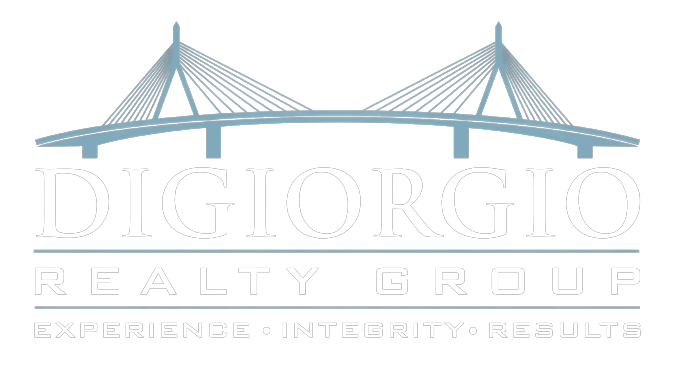 REALTORS® believe that buyers most often offer a 1 to 5 percent increase on the value of a staged home (37 percent representing sellers and 32 percent representing buyers). Additionally, 22 percent of REALTORS® representing sellers and 16 percent of Realtors® representing buyers says the increase is closer to 6 to 10 percent.
REALTORS® believe that buyers most often offer a 1 to 5 percent increase on the value of a staged home (37 percent representing sellers and 32 percent representing buyers). Additionally, 22 percent of REALTORS® representing sellers and 16 percent of Realtors® representing buyers says the increase is closer to 6 to 10 percent.
NAR’s first-ever staging report found that 49 percent of surveyed REALTORS® who work with buyers believe staging “usually” has an effect on the buyer’s view of the home; 47 percent believe it “sometimes” has an impact; and only 4 percent says it has “no impact.”
REALTORS® on the buyer side believe that staging makes an impact in several ways:
- 81 percent says staging helps buyers visualize the property as a future home
- 46 percent says it makes prospective buyers more willing to walk through a home they saw online
- 45 percent says a home decorated to a buyer’s tastes positively impacts its value
- 10 percent, however, says a home decorated against a buyer’s tastes could negatively impact the home’s value
- On the seller side, a majority of Realtors® use staging as a tool at least sometime:
- 34 percent say they stage all homes
- 13 percent tend to stage only homes that are difficult to sell
- 4 percent only stage higher-priced homes.
The report also reveals that the median cost spent on staging a home is $675. Sixty-two percent of REALTORS® representing sellers say they offer home staging as a service to sellers, while 39 percent say the seller pays before listing the home.
REALTORS® representing both buyers and sellers agreed on two major points covered in the report – which rooms should be staged, and the change in dollar value a buyer is willing to offer for a staged home compared to a similar not-staged home.
REALTORS® ranked the living room as the No. 1 room to stage, followed by a kitchen. Rounding out the top five rooms were the master bedroom, dining room and the bathroom.

